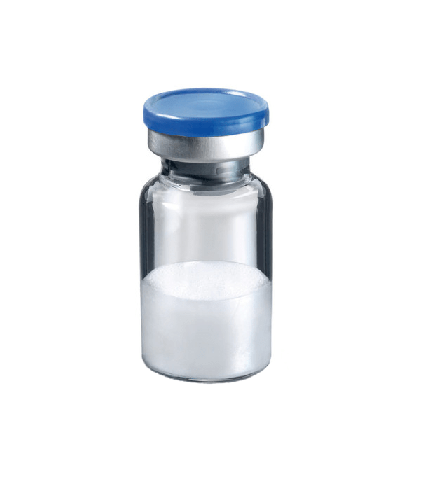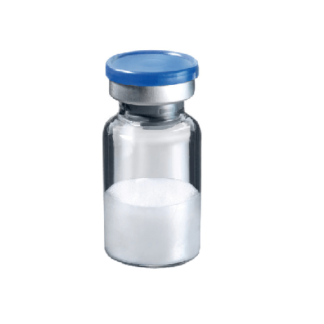Description
Growth hormone-releasing peptides GHRPs are synthetic, non-natural peptides equipped with potent stimulatory effects on Growth hormone secretion in animal test subjects. They have no structural resemblance with Growth Hormone-Releasing Hormone and act through specific receptors present either at the pituitary or hypothalamic level in animals. The GH-releasing activity of GHRPs is noticeable and dose-related after intravenous subcutaneous intranasal and oral administration.
Though the way GHRPs work is still a blur, available data postulates that they could act by counteracting somatostatinergic activity both at the pituitary and hypothalamic level and partially through a GHRH-mediated mechanism.
GHRP-6 is the first hexapeptide to be extensively studied in mammals. Recently, GHRP-2 was synthesized and also available for animal studies.
The activity of Growth Hormone Releasing Peptides is lower than Growth Hormone Releasing Hormone. It is affected by glucose, free fatty acids, glucocorticoids, and exogenous somatostatin, which suppresses the effect of GHRH.
The mechanism of action of GHRP-6 and GHRP-2 on GH release was investigated on experimental animals. Both peptides are associated with the classic effects of growth hormone receptor secretagogue receptor activation significantly increasing growth hormone and insulin-like growth factor 1 in experimental animals. GHRP-2 was found to stimulate GH release from rat pituitary cells via the same receptor, with a slight variation when compared to GHRP-6. GHRP-2 increases intracellular adenosine 3,5-monophosphate cAMP concentration like that of Growth Releasing Factor (GRF) while GHRP-6 causes a decrease in cAMP levels.
GHRP-2 (compare to GHRP-6)
- Effect on hunger:
- Increases hunger slightly
- Effect on growth hormone release:
- More potent
- Effect on prolactin and cortisol release:
- Has better control
- Potency:
- more
- Half-life:
- Longer Shorter half-life






Reviews
There are no reviews yet.